Home>Technology>Smart Home Devices>How To Make A Web Page Printer-Friendly
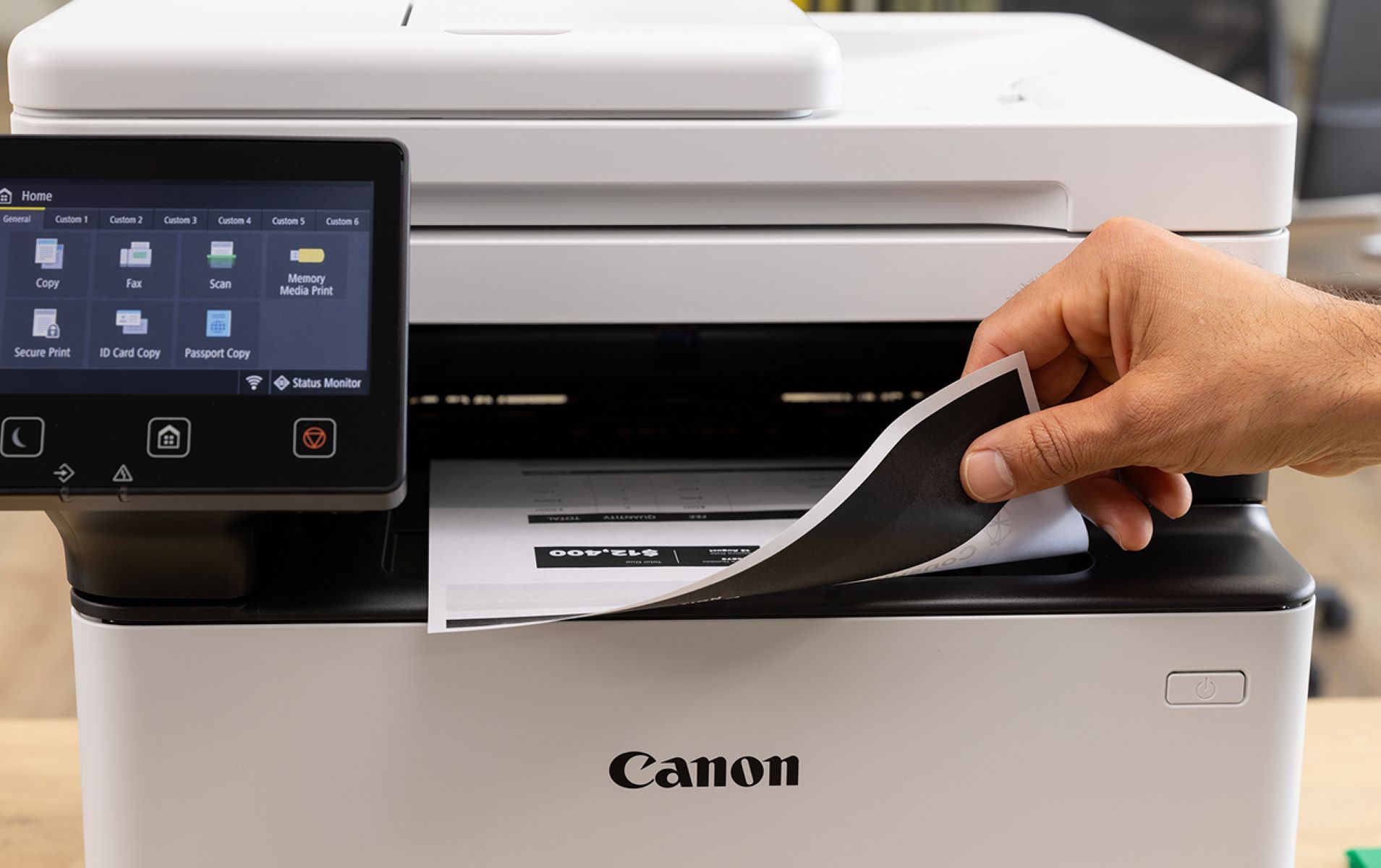

Smart Home Devices
How To Make A Web Page Printer-Friendly
Published: January 10, 2024
Learn how to optimize your web page for printing and ensure it looks great on smart home devices. Follow these simple steps for a printer-friendly experience.
(Many of the links in this article redirect to a specific reviewed product. Your purchase of these products through affiliate links helps to generate commission for Storables.com, at no extra cost. Learn more)
Introduction
Creating a user-friendly website involves more than just captivating design and compelling content. It also entails ensuring that visitors can easily access and interact with your web pages across various devices and mediums. One crucial aspect of this is making your web pages printer-friendly.
In today's digital age, the importance of print-friendly web pages might seem diminished. However, many users still prefer to print out articles, recipes, or other valuable content for offline reference. Moreover, businesses often require printable versions of web pages for documentation and record-keeping purposes. Therefore, optimizing your web pages for print is a thoughtful and considerate gesture towards your audience.
In this comprehensive guide, we will delve into the intricacies of creating printer-friendly web pages. We will explore the significance of print optimization, provide practical tips for achieving print-friendliness, and discuss the use of CSS for this purpose. Additionally, we will cover testing and optimizing techniques to ensure that your web pages are seamlessly printable.
By the end of this guide, you will have a thorough understanding of the best practices for making web pages printer-friendly. Whether you are a web developer, content creator, or business owner, this knowledge will empower you to enhance the user experience and cater to the diverse preferences of your audience. Let's embark on this journey to transform your web pages into printer-friendly masterpieces.
Key Takeaways:
- Making web pages printer-friendly involves prioritizing content, optimizing images and fonts, and using CSS for precise print optimization. This ensures a seamless transition from digital to printed format, enhancing user satisfaction and accessibility.
- Testing and refining printer-friendly web pages through print preview, browser compatibility checks, and user feedback integration is essential. This commitment to print optimization reflects a dedication to user-centric design and accessibility.
Understanding Printer-Friendly Web Pages
Printer-friendly web pages are digital documents formatted in a way that enables smooth and efficient printing on standard paper sizes. When a web page is optimized for print, it eliminates or adjusts elements that are unnecessary or disruptive in a printed format, such as navigation menus, advertisements, and interactive features that are irrelevant on paper. The goal is to present the content in a clean, well-organized layout that is easy to read and visually appealing when printed.
One of the key considerations in creating printer-friendly web pages is the preservation of content integrity. This involves ensuring that the printed version accurately reflects the on-screen content, including text, images, and other media. Additionally, factors such as font size, line spacing, and page breaks must be carefully managed to facilitate readability and aesthetics in the printed format.
Another aspect of print optimization is the reduction of ink and paper usage. By eliminating background colors, excessive images, and unnecessary decorative elements, printer-friendly web pages can minimize the use of ink and paper, leading to cost savings and environmental benefits. This aligns with sustainable practices and demonstrates a commitment to resource efficiency.
Furthermore, the concept of accessibility extends to print-friendly web pages. Just as web accessibility standards aim to make digital content usable for individuals with disabilities, print optimization contributes to inclusivity by ensuring that printed materials are legible and comprehensible for all users, including those with visual impairments or specific print preferences.
Understanding the nuances of print optimization is essential for web developers, designers, and content creators. By recognizing the purpose and benefits of printer-friendly web pages, you can tailor your digital content to accommodate the diverse needs and preferences of your audience. In the following sections, we will delve into actionable tips and techniques for achieving print-friendliness, empowering you to enhance the usability and versatility of your web pages.
Tips for Making Web Pages Printer-Friendly
Creating printer-friendly web pages involves implementing strategic design and content choices to ensure a seamless transition from digital to printed format. Here are essential tips to optimize your web pages for print:
- Focus on Content Prioritization: When preparing a web page for print, prioritize the main content while excluding non-essential elements such as navigation menus, social media widgets, and interactive components. This ensures that the printed version is concise and relevant, enhancing readability and user experience.
- Optimize Images for Print: Adjust image sizes and resolutions to maintain quality while minimizing excessive ink usage. Consider using grayscale or black-and-white versions of images for print to conserve color ink and improve the clarity of visual content on printed pages.
- Choose Print-Friendly Fonts: Select fonts that are legible and well-suited for print, especially when rendered in smaller sizes. Avoid decorative or overly stylized fonts that may hinder readability in the printed format. Additionally, ensure that font sizes are appropriate for comfortable reading when printed.
- Manage Page Breaks: Control page breaks to prevent awkward content cutoffs or isolated headers and footers. Use CSS page break properties to dictate where page breaks occur, maintaining the logical flow of content and enhancing the printed layout.
- Eliminate Background Colors: Remove background colors or patterns that may consume excessive ink and detract from the clarity of printed text. Opt for a clean, white background to enhance readability and conserve printing resources.
- Provide Print-Specific Stylesheets: Implement a print-specific stylesheet to tailor the appearance of web pages for print. This allows you to customize the layout, fonts, and other visual aspects specifically for the printed format, optimizing the overall printing experience.
- Include Print Headers and Footers: Incorporate relevant information in print headers and footers, such as page numbers, document titles, and URLs, to enhance the professionalism and reference value of printed materials. This facilitates document identification and organization when printed pages are compiled.
- Offer Print Preview Options: Enable users to preview the print layout of web pages before initiating the printing process. This empowers users to review the appearance and structure of the printed document, potentially reducing unnecessary print attempts and paper wastage.
By incorporating these tips into your web design and content creation practices, you can effectively optimize your web pages for print, catering to the preferences and practical needs of your audience. The next section will explore the utilization of CSS for creating printer-friendly web pages, providing valuable insights into leveraging style sheets for print optimization.
To make a web page printer-friendly, use a simple layout, limit background images, and provide a “print” button for easy access. Avoid using too many colors and large images to save ink.
Using CSS for Printer-Friendly Web Pages
Cascading Style Sheets (CSS) play a pivotal role in shaping the visual presentation of web content, and they offer powerful tools for optimizing web pages for print. By leveraging CSS, web developers and designers can exert precise control over the layout, typography, and formatting of printed materials, ensuring a seamless transition from digital to printed format. Here are key strategies for using CSS to create printer-friendly web pages:
- Media-Specific CSS Rules: Define print-specific CSS rules by targeting the
printmedia type. This allows you to establish distinct styles for printed output, enabling fine-tuned adjustments that optimize the appearance and layout of web pages when printed. - Hide Non-Essential Elements: Use CSS to selectively hide non-essential elements, such as navigation bars, sidebars, and interactive widgets, when the web page is rendered for print. This declutters the printed layout, focusing on the core content and enhancing readability.
- Adjust Typography for Print: Tailor typography properties, including font sizes, line heights, and margins, to suit the requirements of printed text. By optimizing the typographic presentation for print, you can ensure legibility and aesthetic coherence in the printed format.
- Optimize Image Display: Utilize CSS to modify image display properties for print, such as adjusting dimensions, alignment, and hiding decorative or non-essential images. This facilitates efficient use of printing resources and enhances the visual clarity of printed content.
- Control Page Breaks: Employ CSS properties, such as
page-break-beforeandpage-break-after, to manage page breaks and ensure that content flows logically across printed pages. This prevents fragmented or awkward page divisions, contributing to a cohesive printed layout. - Customize Print Stylesheets: Create dedicated print stylesheets to encapsulate print-specific CSS rules, separate from the styles applied to on-screen display. This allows for targeted adjustments that optimize the appearance and structure of content when printed, without impacting the visual presentation on digital devices.
- Ensure Color Consistency: If your web pages include color elements, use CSS to define grayscale or monochromatic renditions for print. This maintains visual coherence and conserves color ink, ensuring that printed content retains its intended appearance without unnecessary color variations.
By harnessing the capabilities of CSS for print optimization, you can tailor the visual and structural aspects of web pages to align with the specific requirements of printed output. The next section will delve into testing and optimizing printer-friendly web pages, equipping you with valuable insights for refining the print experience of your digital content.
Testing and Optimizing Printer-Friendly Web Pages
Ensuring the effectiveness of print optimization requires thorough testing and fine-tuning to deliver a seamless and satisfactory printing experience for users. Here are essential steps for testing and optimizing printer-friendly web pages:
- Print Preview Testing: Utilize the print preview feature in web browsers to assess the layout and appearance of web pages in the print format. This allows you to identify potential issues, such as content cutoffs, improper page breaks, or undesirable visual elements, before initiating the actual printing process.
- Browser Compatibility Checks: Verify the print output across various web browsers to ensure consistent rendering and layout integrity. Different browsers may interpret print-specific styles and page break properties differently, necessitating cross-browser testing to ascertain a uniform printing experience.
- Content Integrity Evaluation: Review the printed output to confirm that the content, including text, images, and other media, accurately reflects the on-screen presentation. Ensure that font sizes, image resolutions, and overall layout fidelity meet the desired standards for readability and visual coherence in the printed format.
- Page Break Alignment: Check for proper page breaks and content flow across printed pages, aiming for logical divisions that maintain the continuity and readability of the content. Adjust CSS properties related to page breaks as needed to achieve optimal page divisions and minimize fragmented content layout.
- Ink and Paper Conservation: Assess the ink and paper usage of printed web pages to identify opportunities for conservation. Ensure that background colors, excessive images, and unnecessary decorative elements are minimized to promote resource efficiency and cost savings in printing.
- User Feedback Solicitation: Encourage users to provide feedback on the print experience, including aspects such as readability, layout clarity, and overall satisfaction with the printed output. Incorporating user insights can reveal nuanced preferences and areas for improvement in print optimization.
- Iterative Refinement: Iterate on the print optimization process based on testing results and user feedback, making incremental adjustments to CSS, content structure, and print-specific styles to enhance the overall print-friendliness of web pages.
By rigorously testing and optimizing printer-friendly web pages, you can refine the print experience and ensure that your digital content seamlessly translates into high-quality printed materials. This commitment to print optimization reflects a dedication to user-centric design and accessibility, catering to diverse user preferences and practical needs.
As you embark on the journey of creating and refining printer-friendly web pages, the insights and strategies presented in this guide will empower you to elevate the print experience of your digital content, fostering enhanced usability and user satisfaction. With a thoughtful approach to print optimization, you can demonstrate a commitment to comprehensive user experience and accessibility across various mediums and contexts.
Read more: What Spider Makes A Web In The Grass
Conclusion
Creating printer-friendly web pages is a valuable endeavor that enhances the accessibility, usability, and practicality of digital content. By optimizing web pages for print, you demonstrate a commitment to accommodating diverse user preferences and facilitating seamless interactions with your content across different mediums. The journey to achieving print-friendliness involves strategic design choices, meticulous content prioritization, and leveraging the capabilities of CSS for precise print optimization.
As you navigate the realm of print optimization, remember that the ultimate goal is to provide a cohesive and engaging experience for users, whether they engage with your content digitally or in printed form. The significance of print-friendly web pages extends beyond mere convenience; it embodies a dedication to inclusive design and user-centric accessibility.
By adhering to best practices for creating printer-friendly web pages, such as prioritizing content, optimizing images and fonts, and utilizing CSS for print-specific styles, you can elevate the print experience of your digital content. Moreover, through thorough testing, refinement, and user feedback integration, you can ensure that your web pages are impeccably tailored for printing, fostering user satisfaction and usability.
Embracing print optimization is a testament to your commitment to comprehensive user experience and the diverse needs of your audience. Whether your web pages contain informative articles, educational resources, or business documentation, print optimization reflects a conscientious approach to serving your users in various contexts and scenarios.
As you embark on the journey of print optimization, may this guide serve as a valuable resource, equipping you with actionable insights and empowering you to create compelling, user-centric, and printer-friendly web pages. By embracing print optimization, you contribute to a more inclusive and versatile digital landscape, where content is readily accessible and engaging across diverse mediums and user preferences.
With a thoughtful approach to print optimization, you can elevate the user experience and demonstrate a commitment to excellence in digital content presentation. Your dedication to print-friendly web pages reflects a forward-thinking ethos that prioritizes user satisfaction, accessibility, and usability, setting a standard for comprehensive and considerate design practices in the digital domain.
Frequently Asked Questions about How To Make A Web Page Printer-Friendly
Was this page helpful?
At Storables.com, we guarantee accurate and reliable information. Our content, validated by Expert Board Contributors, is crafted following stringent Editorial Policies. We're committed to providing you with well-researched, expert-backed insights for all your informational needs.
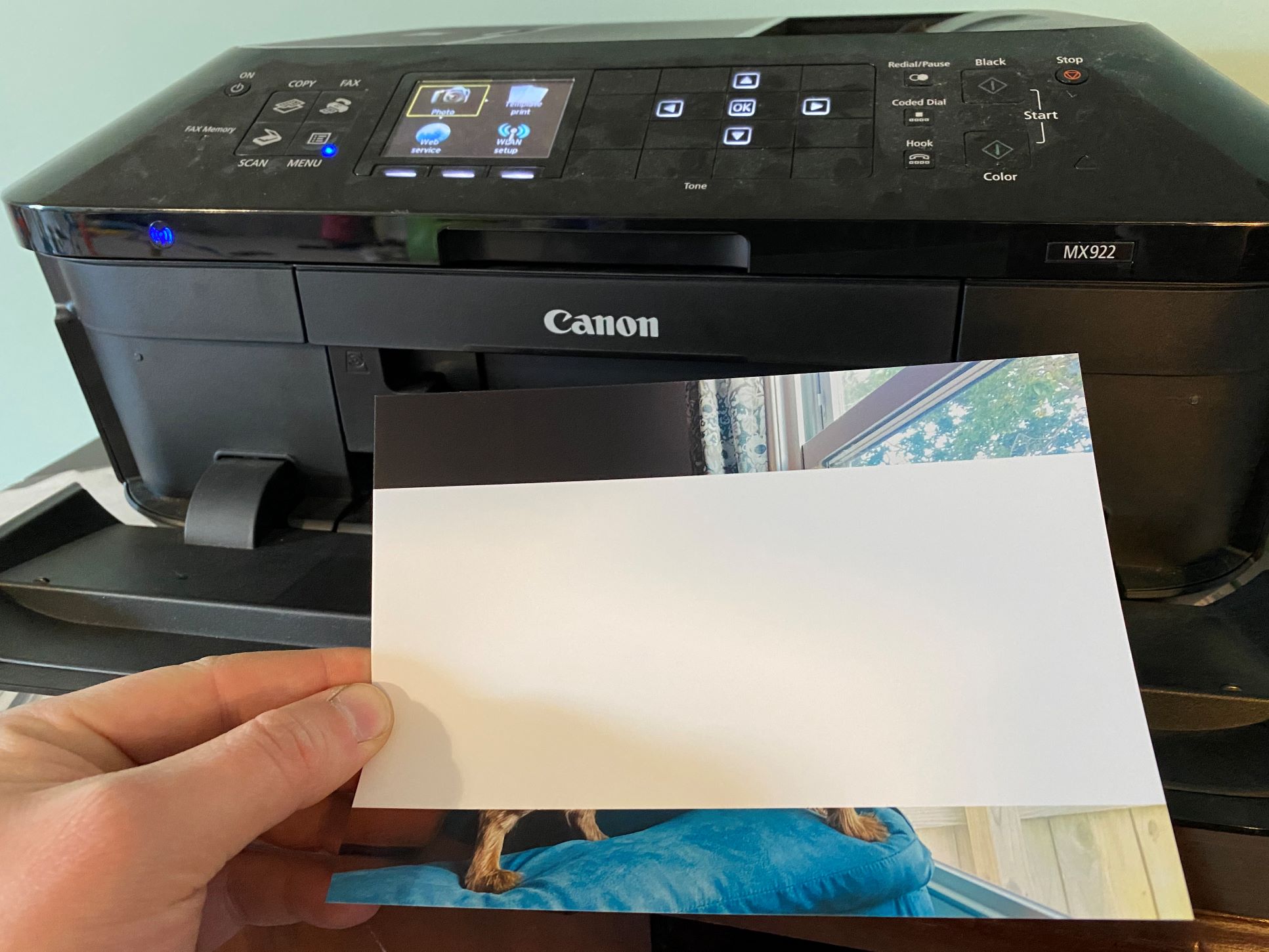
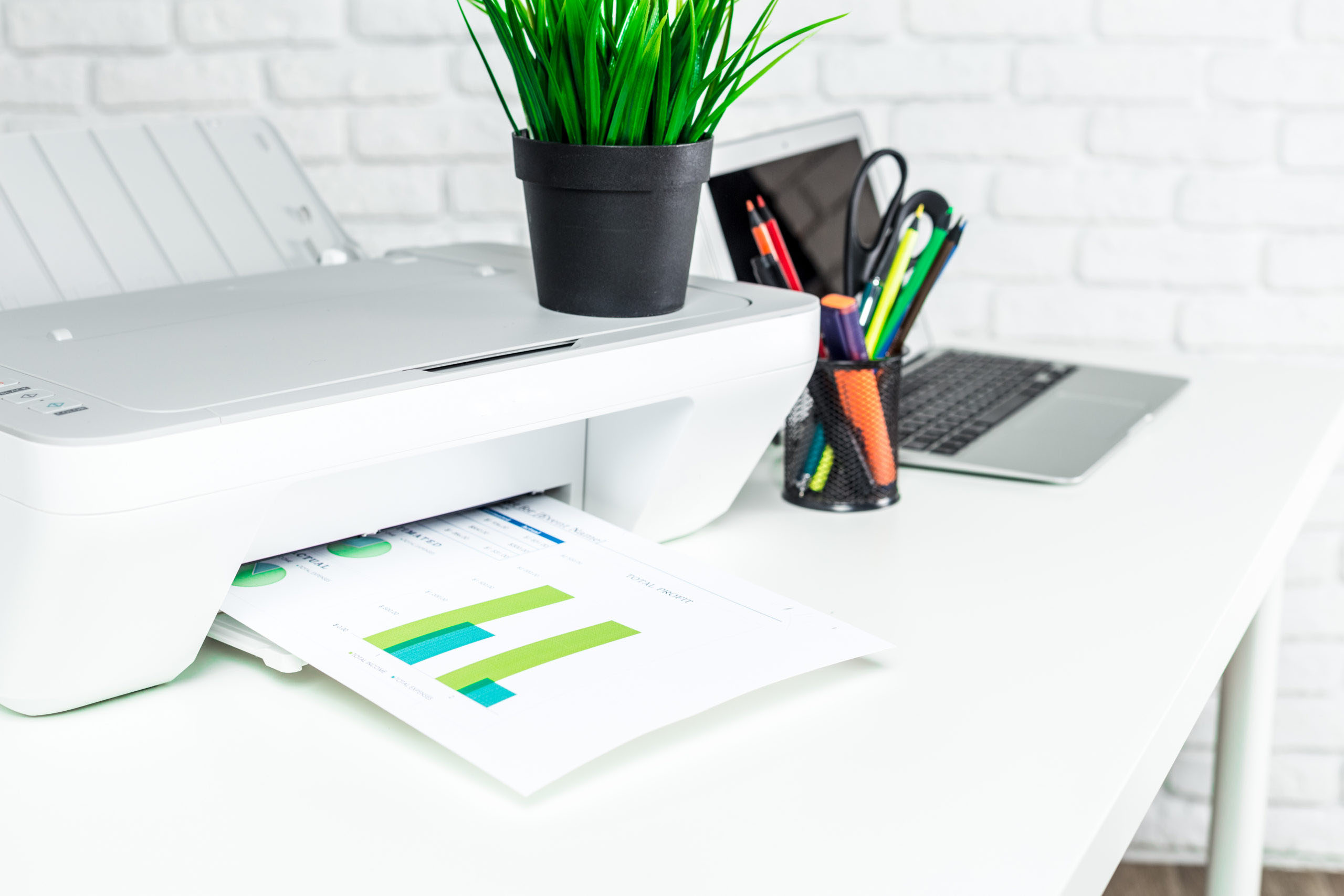

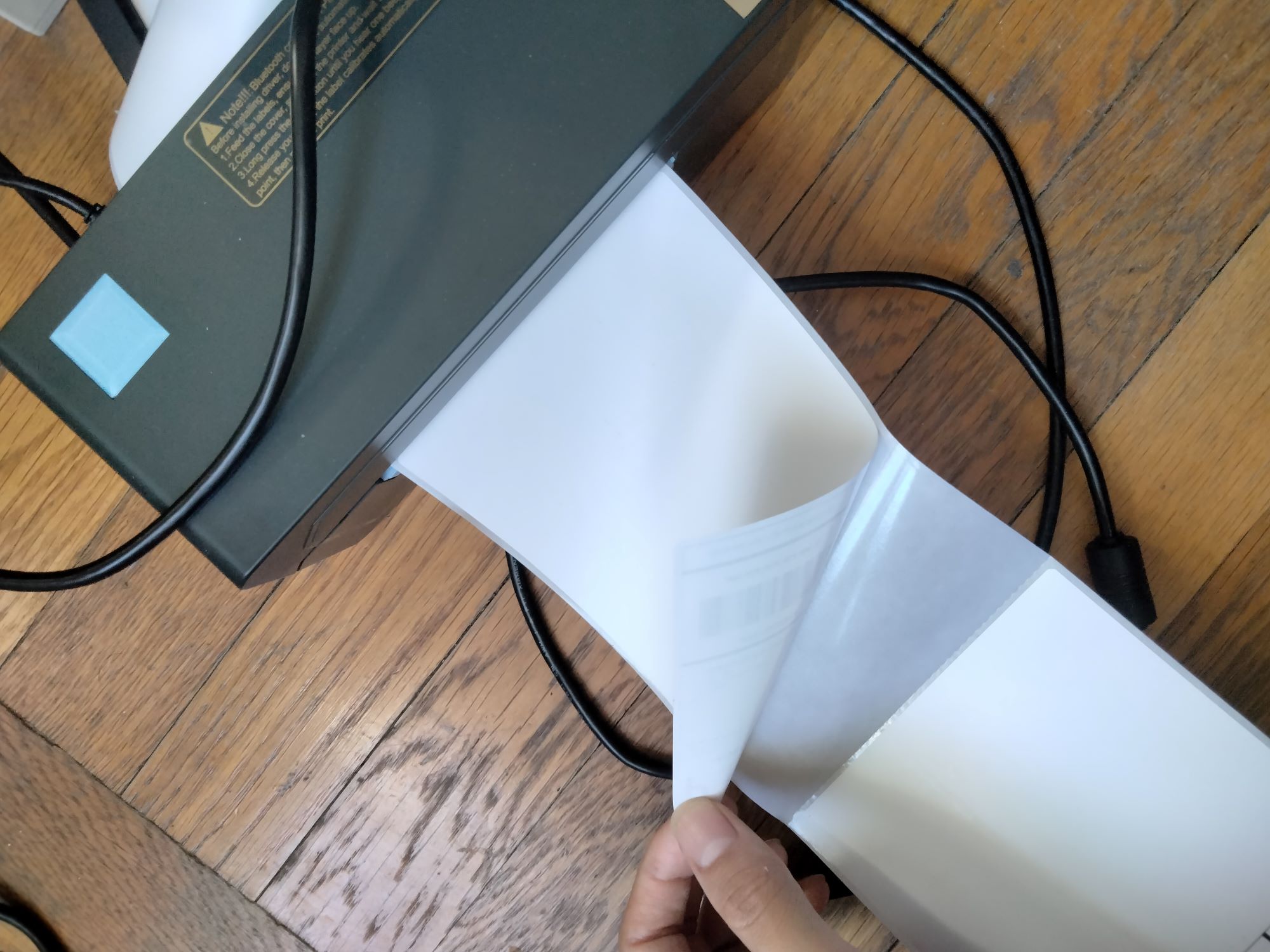
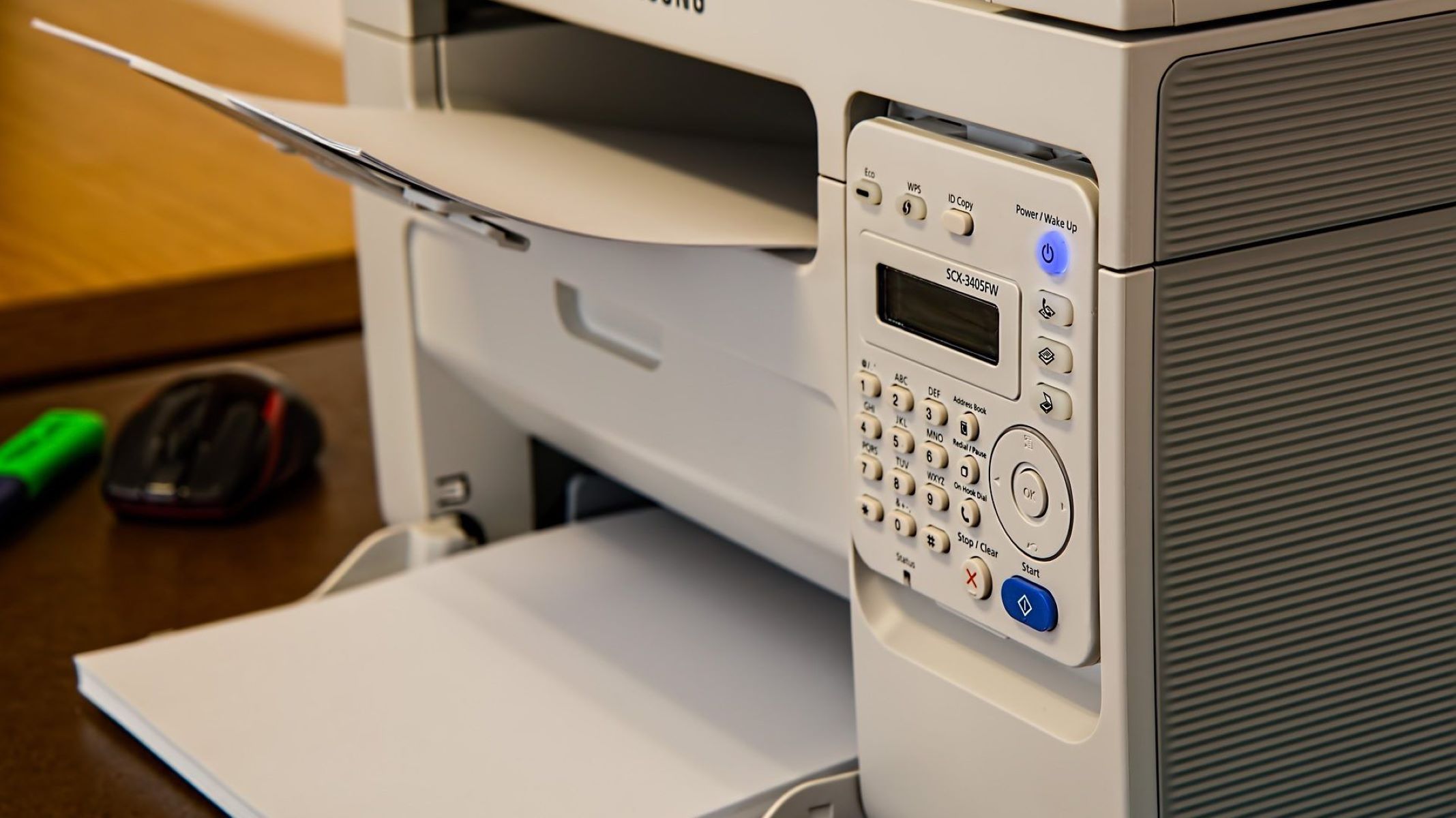
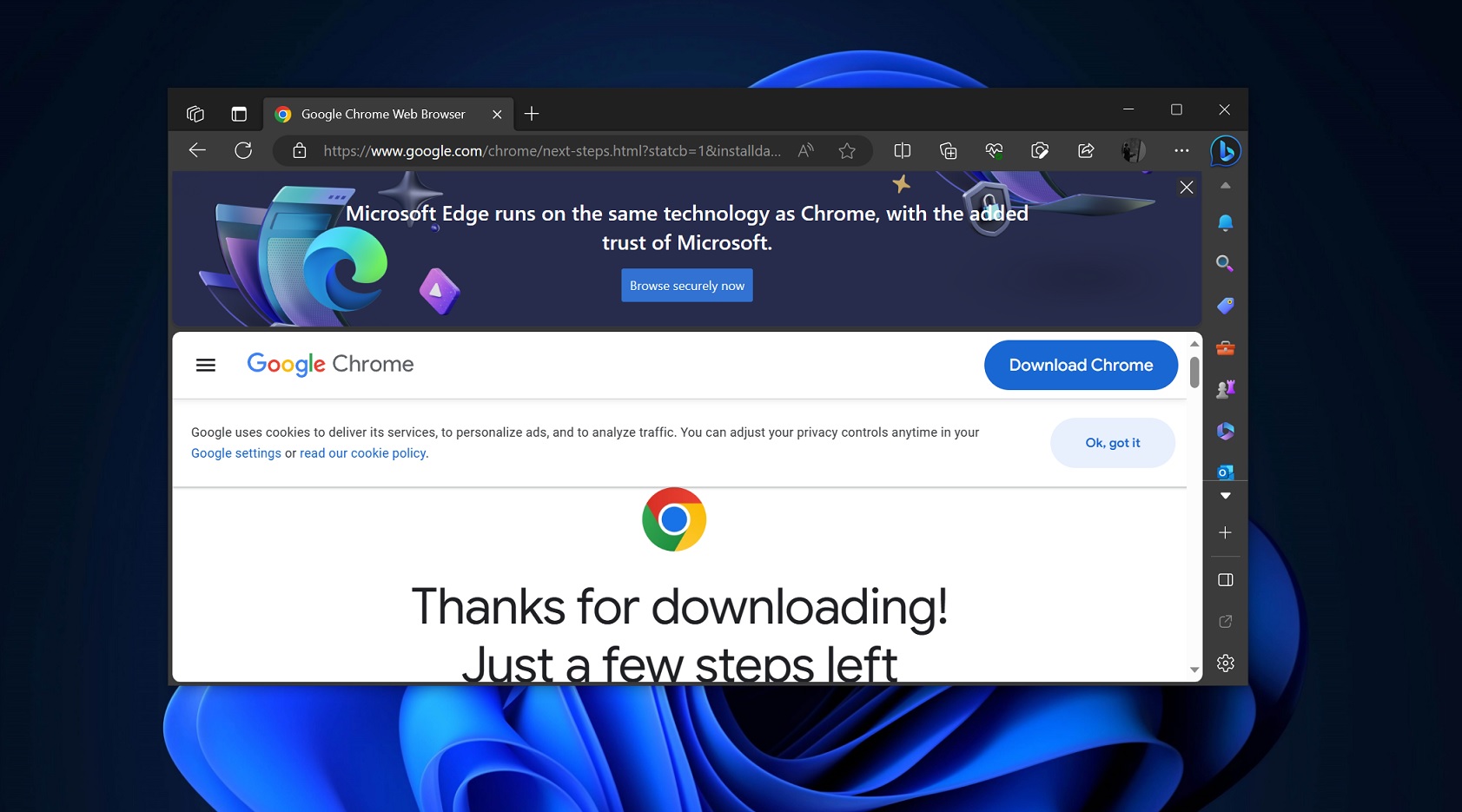
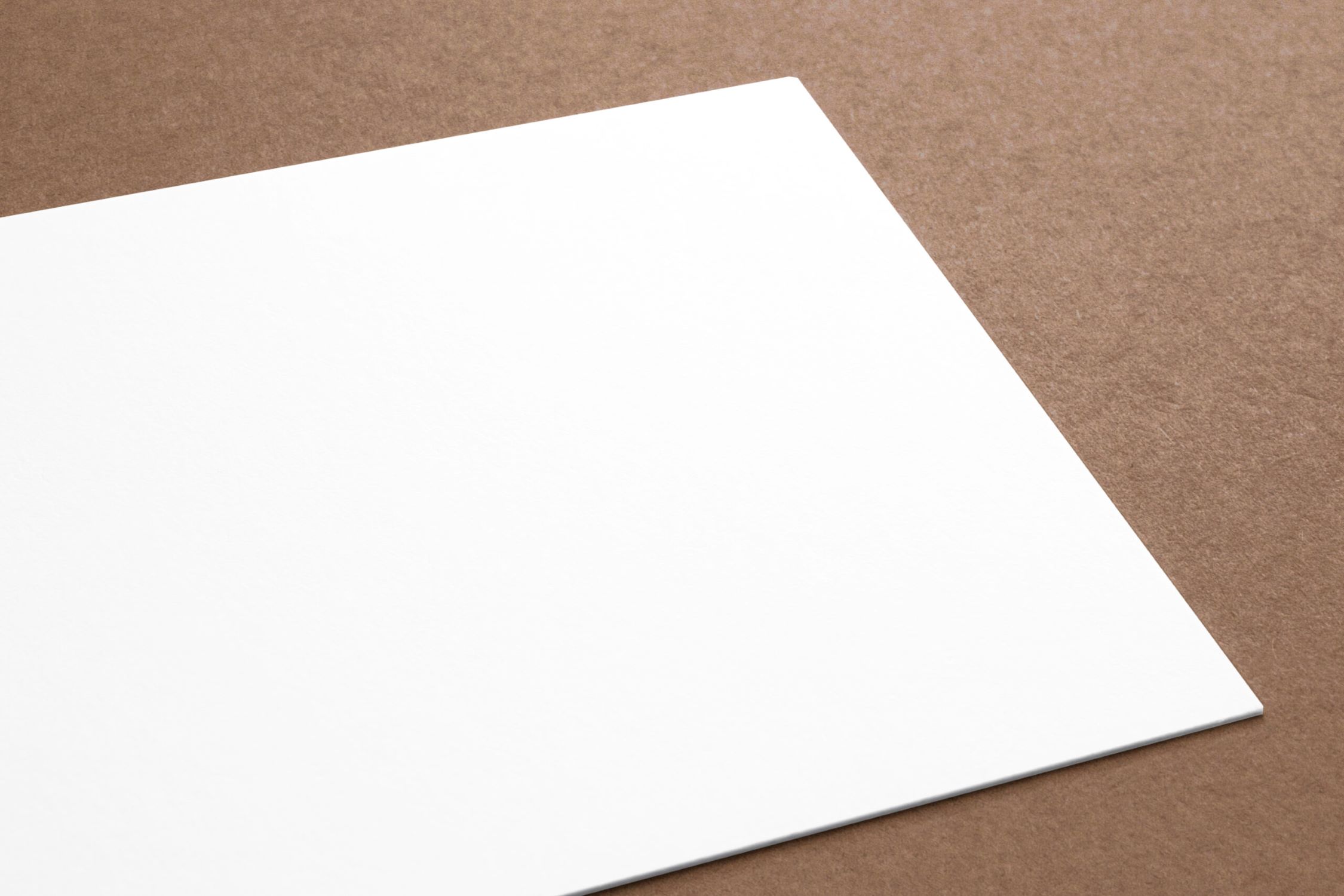
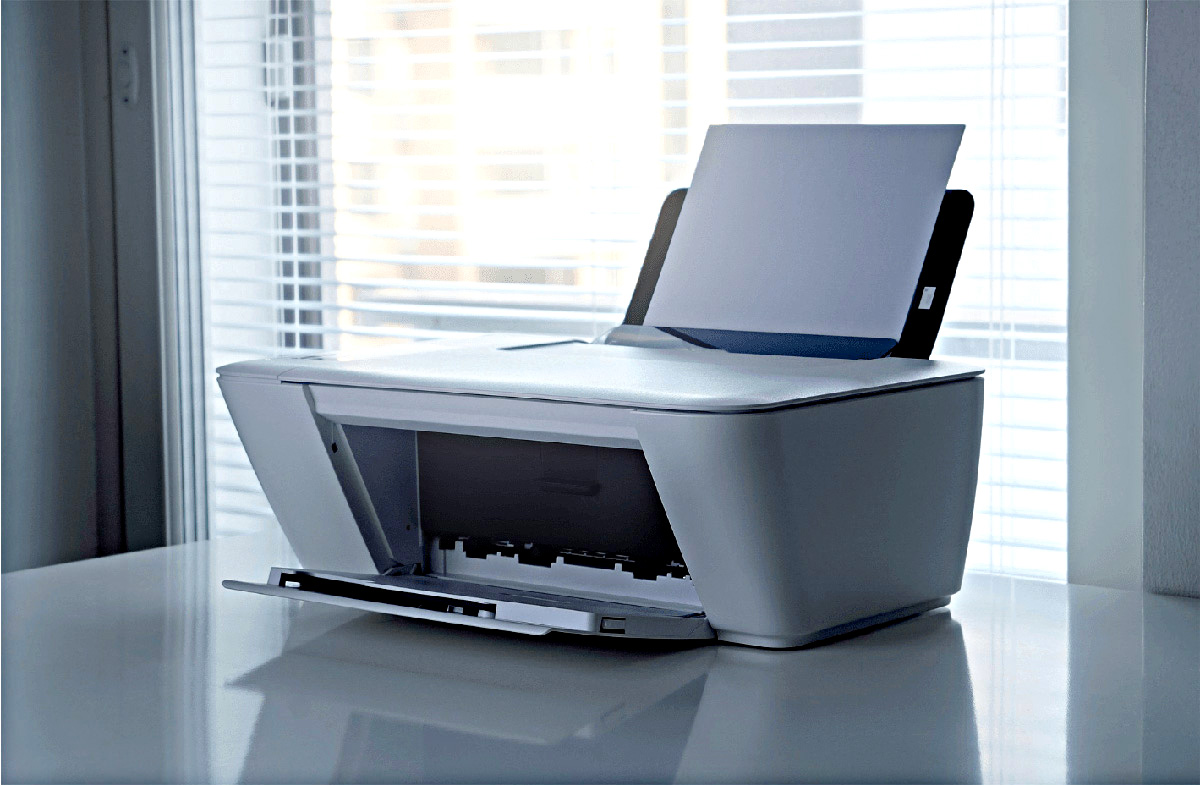
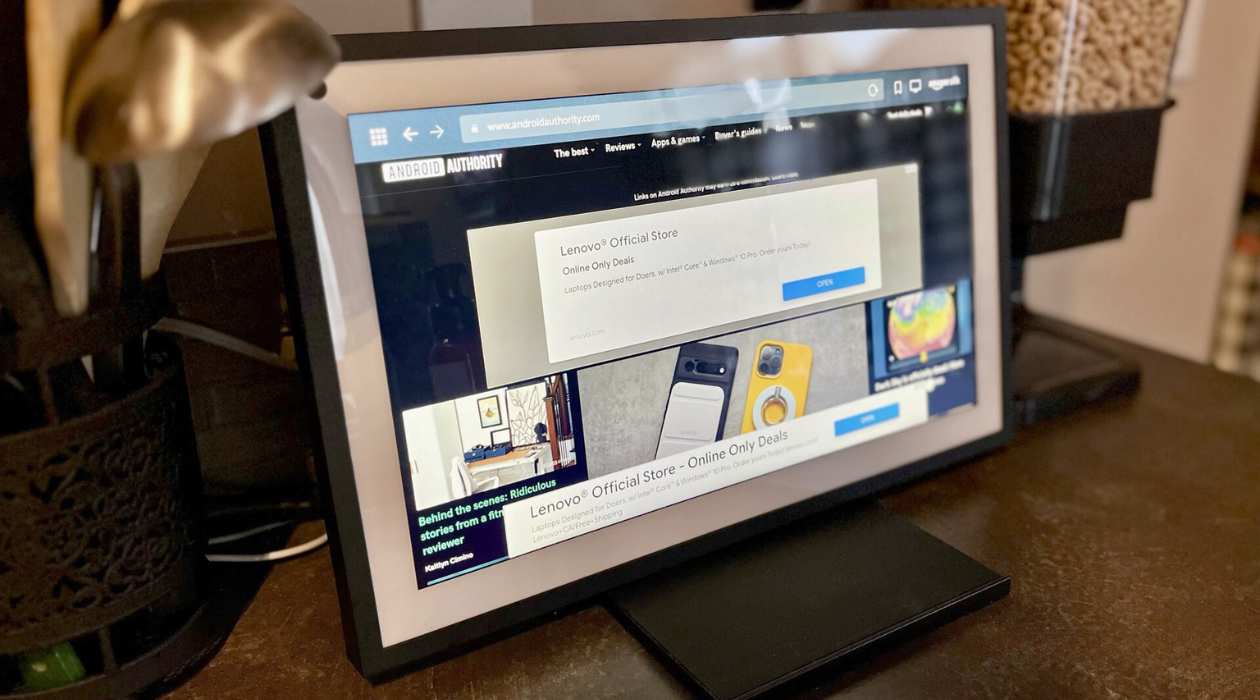

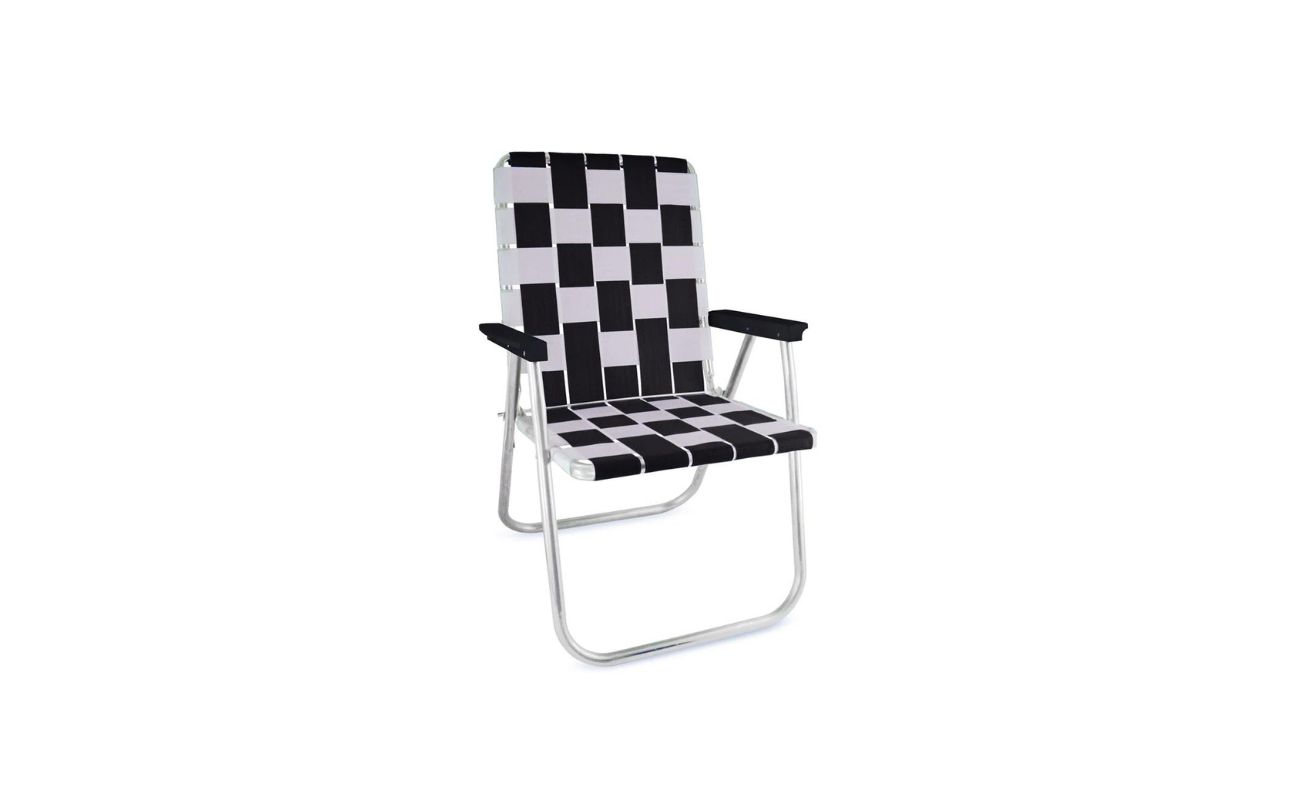
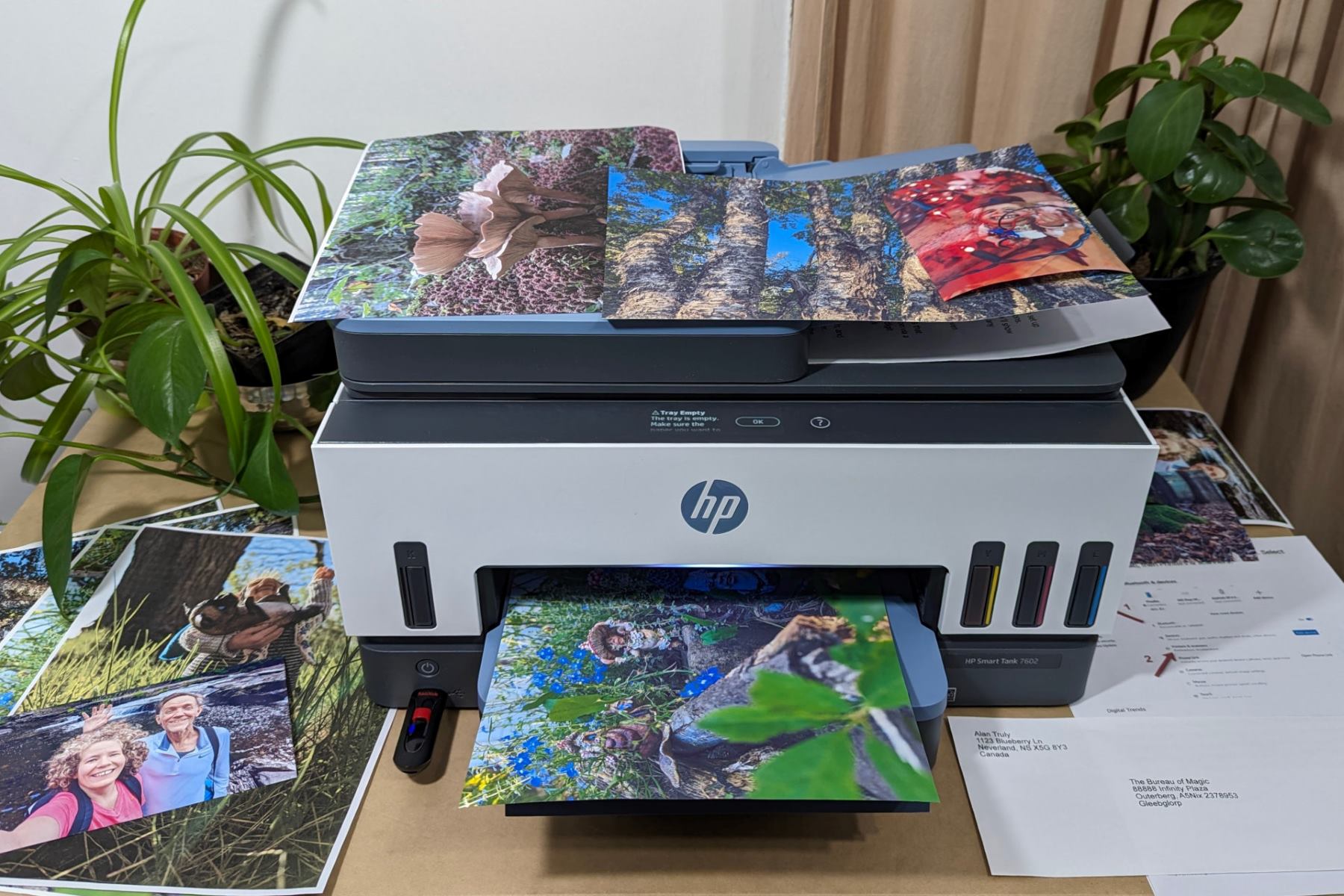
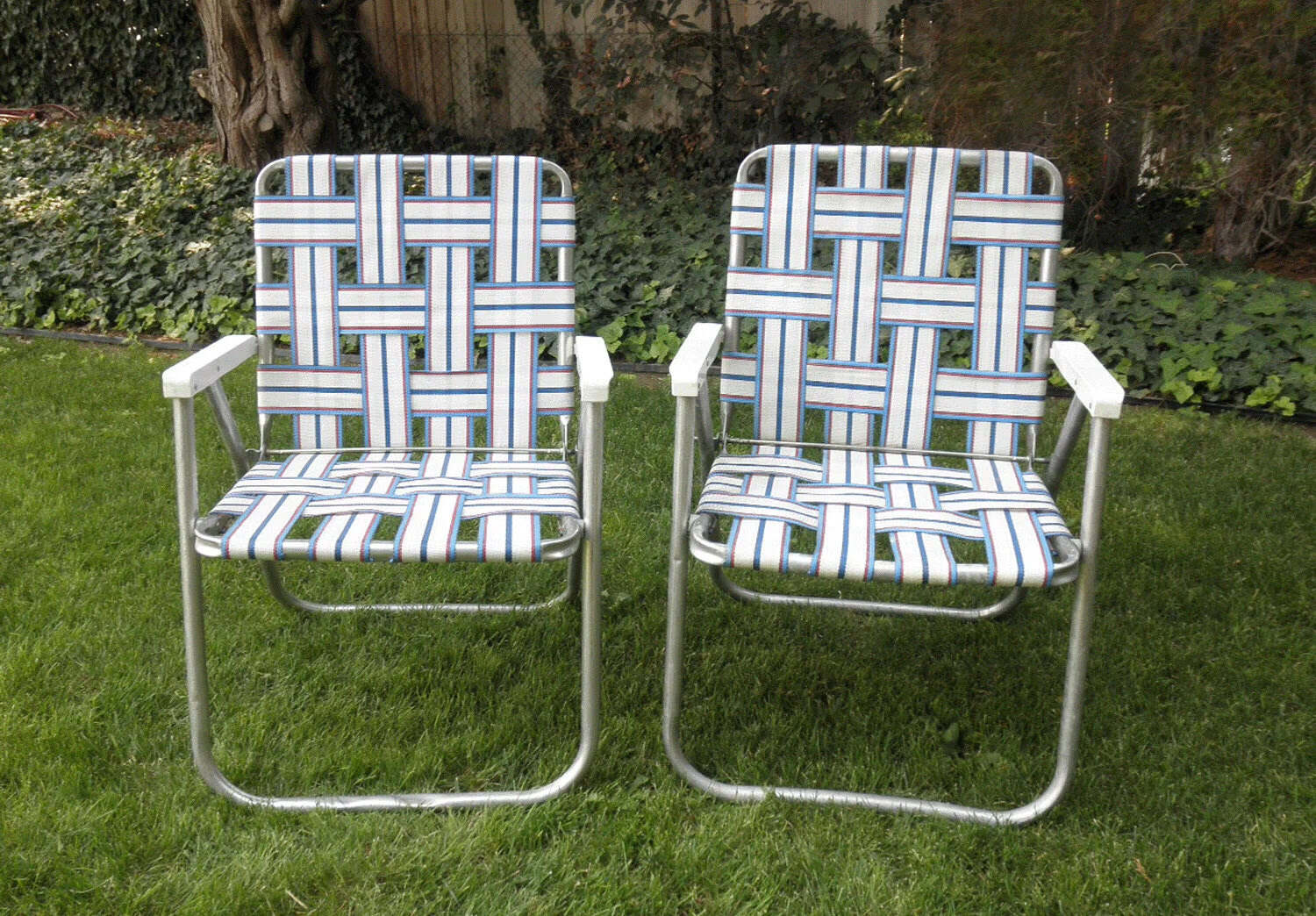
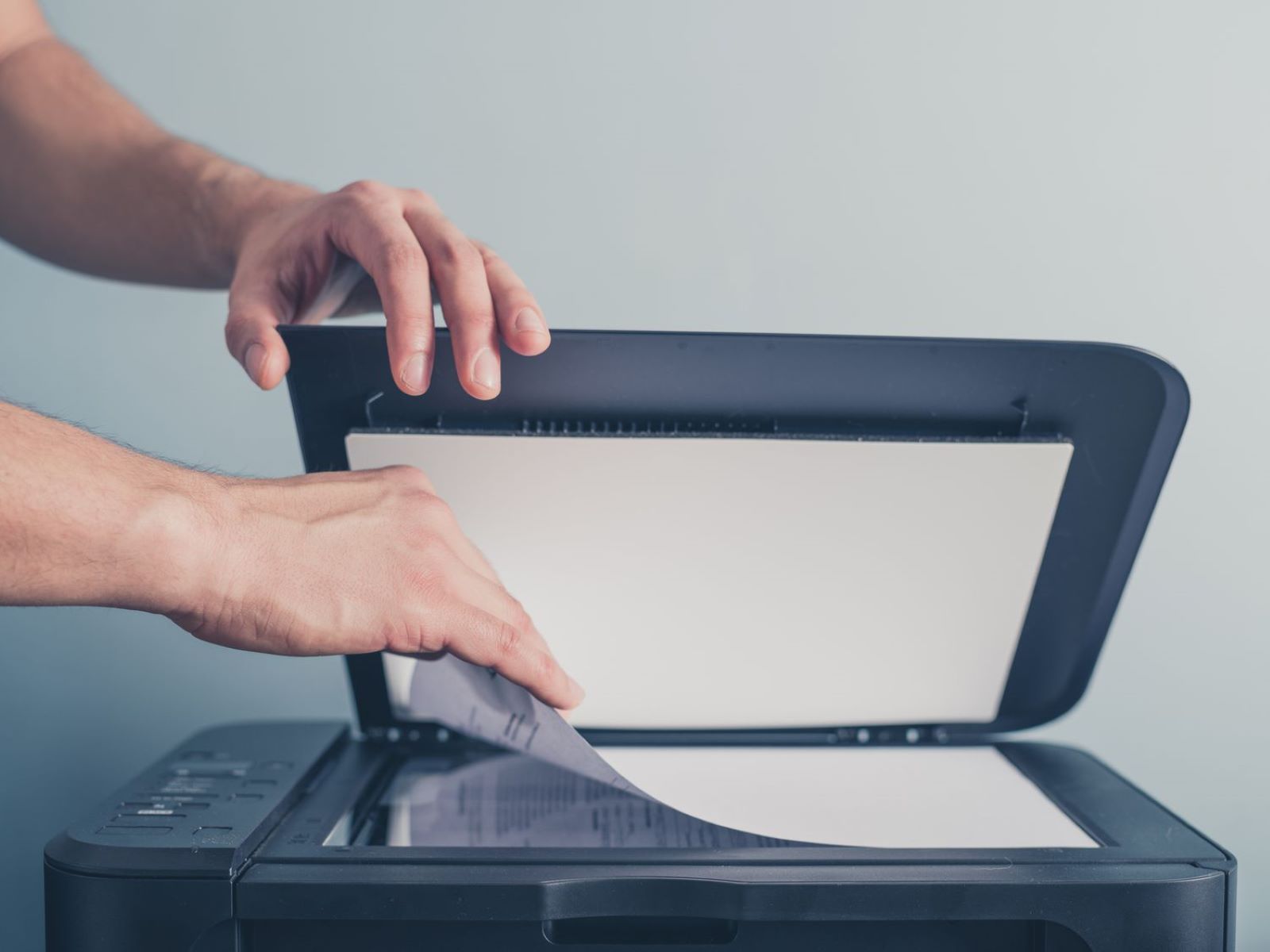

0 thoughts on “How To Make A Web Page Printer-Friendly”